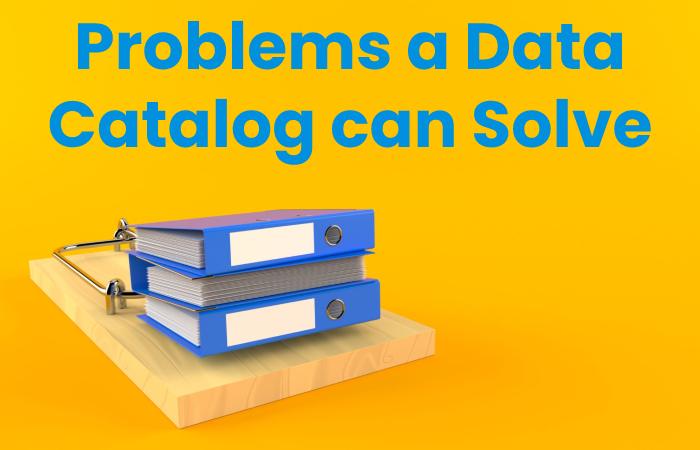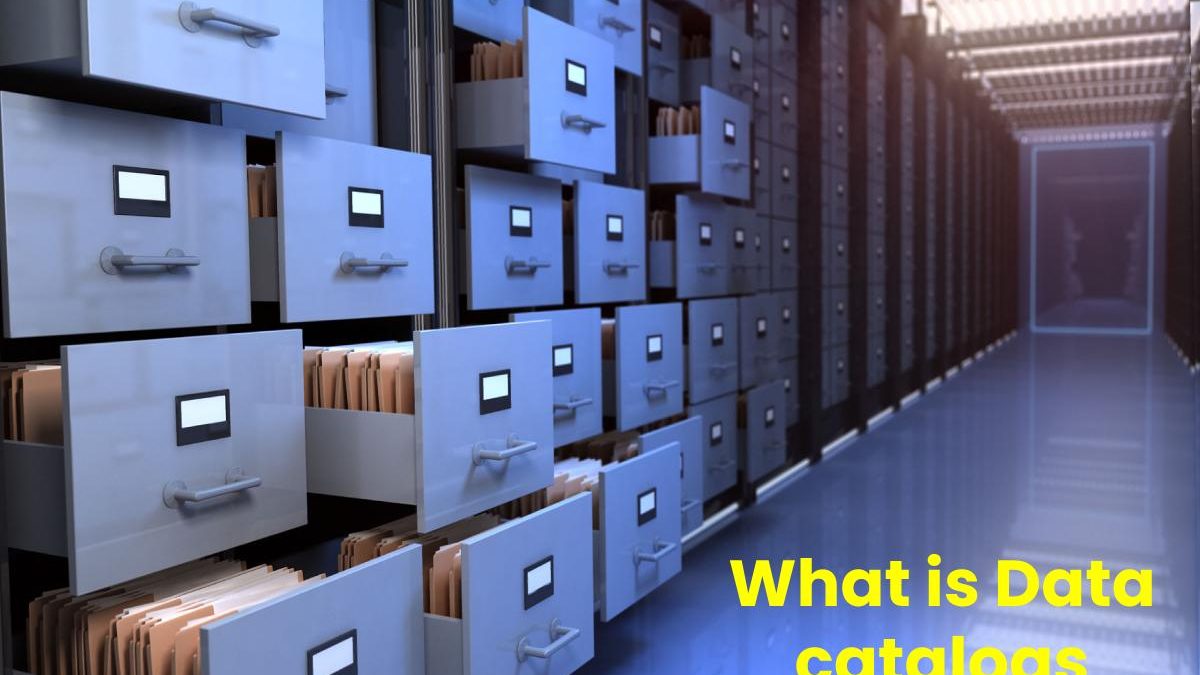What is Data catalogs: A data catalogue utilizes metadata to assist companies in managing their data, according to the brief explanation we provided above. But let’s develop it using the example of a library.
When you visit a library and need to find a book, you use the catalogue to find out if the book is there, what edition it is, where it is, and a description. It gives you all the information you need to determine whether you want the book and, if so, how to get there and find it.
Numerous object stores, databases, and data warehouses now provide that.
Imagine having access to a single interface that allows you to locate every library in the country that has a copy of the book you’re looking for and all the information you could need on each one of those copies. But now consider the comparison between that library and the catalogue. And now extend the scope of that catalogue to include all public libraries in the nation.
An enterprise data catalogue does that for all of your data. Instead of seeing each data store separately, it provides you with a single, comprehensive view and more insight into all of your data.
Table of Contents
Problems a Data Catalog can Solve

Finding the correct data has been more challenging than ever since more data is available. The GDPR is simply one of many laws and rules simultaneously, with more laws and regulations than ever before.
Data access is thus getting more complicated, and data governance is becoming more complex. It is crucial to understand the type of data you have, who is moving it, what remains with it, and how it needs to remain safeguarded. Information is useless if it is too difficult to utilize. Thus, you must also be careful not to surround it with too many layers and wrappers.
It is crucial to understand the type of data you have, who is moving it, what stays with it, and how it needs to remain safeguarded. Information is useless if it is too difficult to utilize. Thus, you must also be careful not to surround it with too many layers and wrappers.
Finding and using the appropriate data
However, fraught with difficulties. These consist of:
- Time and effort wasted on searching for and obtaining data
- Data swamps are emerging from data lakes
- No industry-standard vocabulary
- The structure and diversity of “dark data” are difficult to grasp.
- Evaluating provenance, quality, and trustworthiness is challenging
Data scientists seek quick access to data and additional information on the data’s quality. They want answers to questions like: Where can I locate and investigate some geospatial data?
How can I get quick access to the information in the data lake?
A controlled data process is the responsibility of data stewards. They are concerned with ideas, agreements among parties, and managing the data’s lifetime. They’ll inquire about things like:
Are we making improvements to the operational data quality?
Have significant core data items been given standards?
Chief Data Officers are interested in who is responsible for what within the company. They frequently aren’t the ones utilizing a data catalogue, but they nevertheless want to know who has access to consumers’ private information, for example.
Do all of our data have established retention policies?
The data catalogue, please.
Conclusion
Lastly, Data-drivenness is a goal for many organizations. They desire quicker, more accurate analytics without compromising governance. Data management is becoming considerably more crucial and challenging due to this. A data catalogue makes it simpler to handle data management and satisfies the many requests.
Also read : What are Website Push Notifications?


